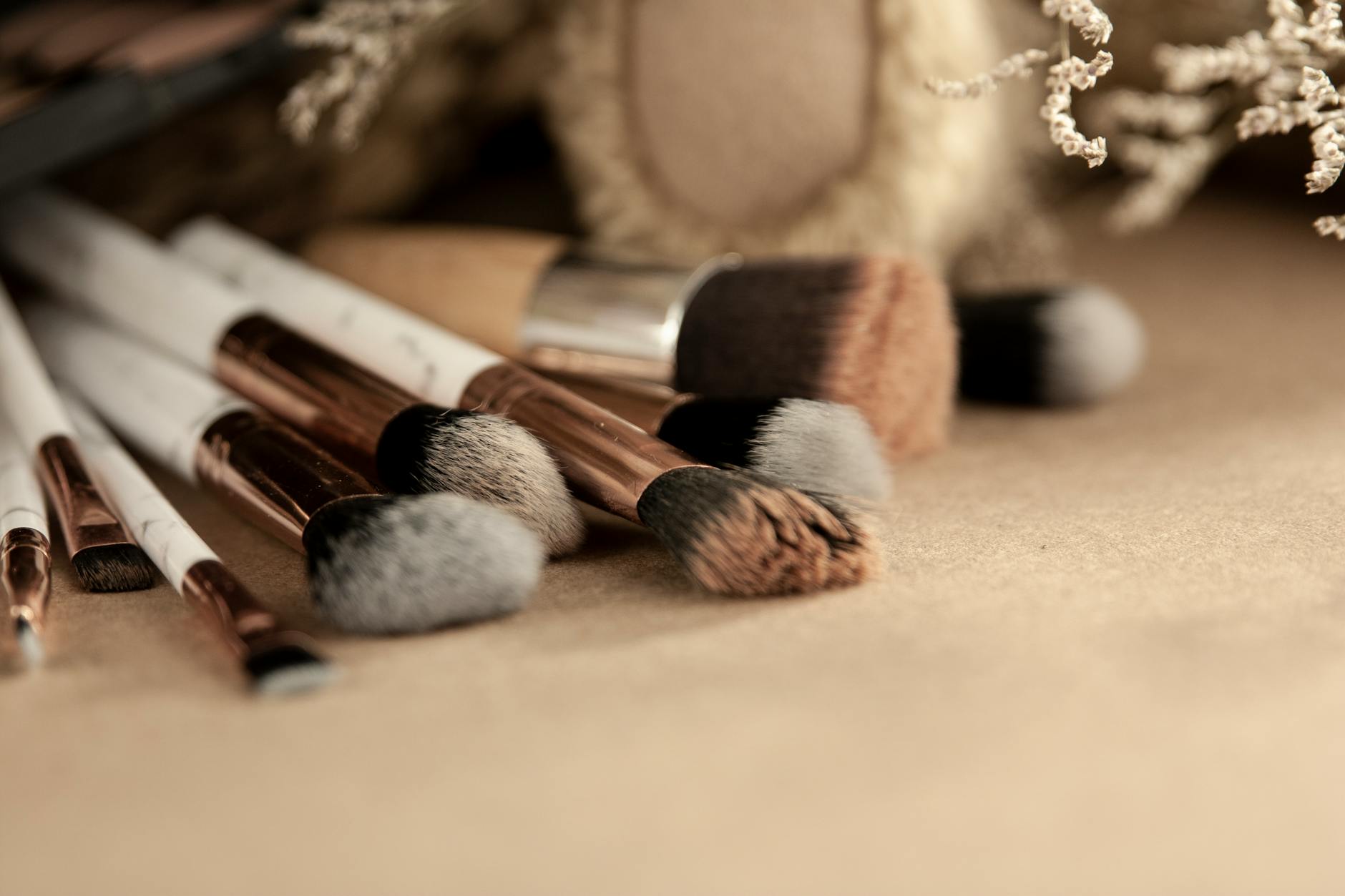What Makes Natural Sunscreen an Essential Choice for Australians?

Why Natural Sunscreen Matters
Natural sunscreen is gaining attention, particularly among environmentally aware Australians. The eco-friendly initiatives at CERES Community Environment Park serve as an inspiring example of our local dedication to preserving nature. One compelling reason to choose natural sunscreen is its ocean-friendly ingredients. Unlike conventional sunscreens, natural options often include minerals like zinc oxide and titanium dioxide, which are less likely to harm marine life. By opting for reef safe sunscreen, we can protect fragile ecosystems that thrive in places like our magnificent Great Barrier Reef.
The benefits extend beyond environmental concerns, as these sunscreens are also beneficial for your skin health. Mineral sunscreens typically rest on the skin's surface and reflect harmful UV rays, reducing the risk of skin allergies and irritation. For families, investing in kids sunscreen that is both natural and effective can safeguard young skin during outdoor adventures.
Moreover, selecting ethical and eco-conscious products aligns with the values many of us hold dear. Products made with sustainably-sourced ingredients and eco-friendly packaging support conservation efforts. By making informed choices about the sunscreens we use, we contribute to broader efforts to maintain the delicate balance within our natural habitats.
Understanding Reef-Safe Formulas
Preserving marine biodiversity near places like St Kilda Beach is crucial, and one effective way we can contribute is by using baby sunscreen specifically designed to be reef-safe. These sunscreens exclude harmful chemicals like oxybenzone, which disrupt coral reproduction and lead to bleaching. Instead, they employ non-nano zinc oxide as their main ingredient. This creates a protective barrier on the skin, reflecting harmful UV rays without dissolving into water, making it safer for underwater ecosystems.
Impact on Ocean Ecosystems
It's vital to understand how specific sunscreen components affect aquatic life. Some commercial formulas harm sensitive marine species like coral, fish, and plankton, which play important roles in maintaining oceanic balance. When we choose sunscreens free of these damaging ingredients, we help sustain habitats and promote healthier ecosystems.
Supporting Conservation Efforts
Adopting reef-safe sunscreens aligns with supporting conservation initiatives, both locally and globally. In Melbourne, projects such as those led by CERES Community Environment Park illustrate how collective actions can support ecological education and protection. By choosing environmentally responsible products, we not only safeguard personal skin health but also encourage widespread conservation awareness.
Opting for reef-safe sunscreen is a small change with profound potential, safeguarding both our skin and the planet's aquatic life. Remember, every individual choice contributes to larger environmental outcomes.
Finding the Right Sunscreen
Easy Application Tips
Choosing a sunscreen that is effortless to apply is crucial, especially when you’re constantly on the go. Options like zinc sunscreen are notable for their ease of use, dispensing quickly and evenly on the skin without the need for excessive rubbing. This is especially handy for those early morning surf sessions at St Kilda Beach, when time is of the essence. Apply it generously about 15 minutes before sun exposure, ensuring coverage in often-missed spots like the tops of your feet and ears.
Residue-Free Options
Finding a sunscreen that leaves no residue can be an ongoing struggle, but it's worth the pursuit. For someone who values surfing as much as Ethan does, residue-free sunscreens enhance comfort and keep your gear clean. Mineral-based sunscreens, especially those with non-nano zinc oxide, often provide a smooth finish, minimising the chalky or greasy feel.
Adapting to Active Lifestyles
Active individuals need a sunscreen that adapts to their pace. Gone are the days of sticky, slippery formulas; today’s innovations offer enhanced endurance against water and sweat. With a focus on sustainability similar to the initiatives at CERES Community Environment Park, many brands have developed reef-safe and environmentally conscious sunscreens. This ensures you remain protected outdoors while respecting marine life. By integrating these habits with your routine, you’ll not only enjoy your time under the sun but also reduce your environmental footprint.
Common Mistakes
Inadequate Application Techniques
Applying sunscreen effectively is crucial to ensure maximum protection. Many individuals underestimate the necessary amount needed for full coverage. Imagine walking through the lush landscapes of the Royal Botanic Gardens Victoria; much like needing to cover every inch of those gardens with nurturing care, the same idea applies to your skin. A common guideline is using about a shot glass full of natural sunscreen for an adult's body. Don't forget often-missed areas such as the ears, neck, and the tops of your feet.
Ignoring Reapplication
Reapplication is another critical aspect frequently overlooked. Sunscreen wears off due to sweat, swimming, and towel drying, thus needing replenishment to maintain effectiveness. Even during a day filled with eco-friendly initiatives at CERES Community Environment Park, it's important to reapply every two hours, particularly after physical activities or water exposure. Your protection dwindles as time passes, so keep this in mind to avoid potential skin damage.
Misleading Natural Labels
Unfortunately, not all products labelled as "natural" are truly eco-conscious. The term can be misleading, suggesting an environmental commitment where there might be none. It's essential to scrutinize ingredient lists and seek third-party certifications to ensure the product's authenticity. Like conservation efforts at St Kilda Beach, a genuine commitment to sustainability involves more than just labels. Understanding the nuances of what constitutes a true natural sunscreen can prevent unintentional harm to our oceans and personal health.
Best Practices for Sun Safety
Timing and Sun Exposure
Minimising sun exposure during peak UV hours, typically between 10 a.m. and 4 p.m., is crucial for skin health. Spending this time at the Royal Botanic Gardens Victoria offers not only a reprieve from direct sunlight but also an opportunity to immerse yourself in our unique flora. Embracing the natural shade of trees, like those at CERES Community Environment Park, can significantly reduce the risk of sunburn. Additionally, applying natural sunscreen 30 minutes before exposure ensures that your skin absorbs the protective elements.
Complementing with Lifestyle Choices
Incorporating sun-safe habits into your daily routine is an extension of the eco-friendly choices we embrace. Wearing protective clothing, such as UV-blocking fabrics, and a wide-brimmed hat can efficiently shield against harmful rays. On visits to conservation areas like St Kilda Beach, adopting a lifestyle that includes eco-friendly practices, such as carrying reusable water bottles and participating in local clean-ups, reinforces both environmental and personal health.
Educating Others on Safe Practices
Empowering friends and family with knowledge about sun safety multiplies its benefits. Hosting workshops or informal gatherings at community hubs like CERES can facilitate discussions on the importance of sunscreen and broader ecological impacts. Drawing on scientific evidence, share insights on the role of sunscreen products that don't use oxybenzone in protecting our precious marine life from chemical-induced bleaching. By fostering a culture of awareness and action, collectively, we can enhance individual health and champion the conservation of our beautiful natural habitats.


